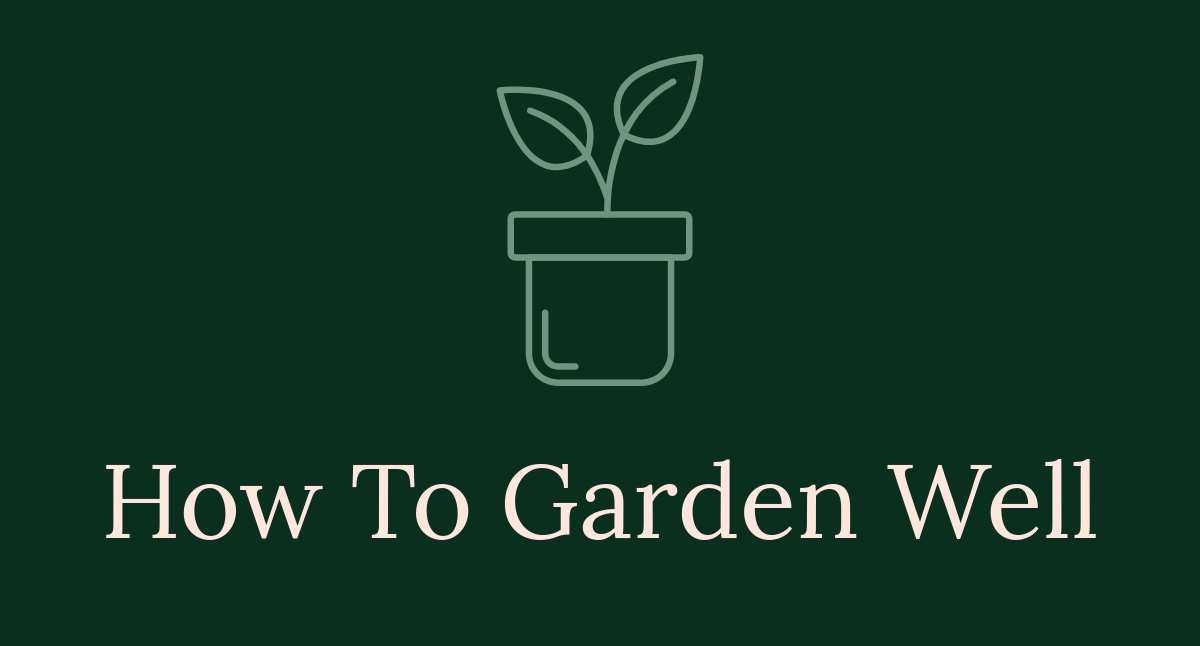

Companion Planting Guide: Best Practices for Thriving Gardens
Introduction
Companion planting is a gardening strategy that pairs plants for mutual benefits. By growing compatible plants together, you can enhance their growth, deter pests, and improve soil health. This guide will help you understand the best practices for creating a thriving garden through companion planting.
Summary and Overview
Companion planting is crucial for enhancing garden productivity. It improves pest management and supports soil health. When plants are paired thoughtfully, they can offer several benefits, including increased yields and better pest deterrence. For instance, planting basil near tomatoes can enhance their flavor and repel harmful insects. Additionally, diverse plant pairings create a more resilient ecosystem, attracting beneficial insects and improving overall biodiversity.
Companion planting can significantly enhance your garden’s productivity and biodiversity. Companion planting strategies for increased yield
In this guide, you’ll learn about the principles of companion planting, examples of effective plant pairings, and practical tips to implement these strategies in your garden. By harnessing the relationships between plants, you can create a more productive and sustainable gardening experience.
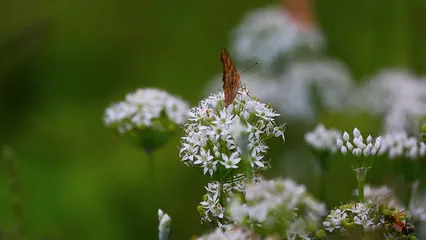
What Is Companion Planting?
Companion planting is the practice of growing different plant species together to support each other’s growth. This technique has historical significance, rooted in traditional agricultural practices that recognized the benefits of plant relationships. For example, Native American cultures used the “Three Sisters” method, where corn, beans, and squash were grown together. Each plant in this trio plays a vital role: corn provides support, beans fix nitrogen in the soil, and squash offers ground cover.
The mutual benefits of plant pairings are numerous. Certain plants can enhance nutrient availability, repel pests, and even attract beneficial insects. The ecological principles behind companion planting highlight the importance of biodiversity. By planting a variety of species, you create a healthier environment that minimizes pests and diseases.
Take a moment to assess your gardening practices. Are you maximizing the benefits of companion planting? By incorporating these strategies, you can transform your garden into a thriving ecosystem. If you’re looking for the perfect seeds to kickstart your journey, consider Gardener’s Supply Company Organic Vegetable Seeds. They’re organic, easy to grow, and perfect for beginners!

Benefits of Companion Planting
Companion planting offers numerous advantages that can transform your garden into a thriving ecosystem. One of the most significant benefits is pest deterrence. Certain plant combinations can confuse pests or repel them entirely. For example, marigolds are known to deter nematodes, while basil keeps aphids at bay when planted with tomatoes. To make the most of this, you might want to grab some Marigold Seeds to plant alongside your veggies!
Additionally, companion planting can attract beneficial insects. These allies, such as ladybugs and lacewings, help control pest populations naturally. A diverse garden encourages these helpful creatures, enhancing your garden’s resilience. To further enhance your garden’s ecosystem, consider using Organic Pest Control Book for guidance on keeping pests at bay organically.
Soil health and fertility also benefit from this method. Some plants, like legumes, fix nitrogen in the soil, enriching it for neighboring crops. This natural process reduces the need for synthetic fertilizers and promotes sustainable gardening practices. A study published in the Journal of Sustainable Agriculture highlighted that gardens with diverse plantings had improved nutrient profiles compared to monocultures.
Space maximization is another perk. By pairing tall plants with low-growing ones, you can make the most of your garden space. For instance, corn provides support for climbing beans, while squash acts as ground cover, suppressing weeds and retaining moisture. If you’re short on space, consider investing in a Vertical Garden Planter to maximize your gardening potential!
Lastly, companion planting can enhance flavors in crops. Herbs like basil can improve the taste of tomatoes when grown together. This practice allows you to enjoy not only a bountiful harvest but also a more flavorful one.
Consider starting your own companion planting garden today! You’ll likely find it rewarding and beneficial for your plants. If you’re looking for a comprehensive guide, check out The Vegetable Gardener’s Bible by Edward C. Smith. It’s packed with tips and tricks for the aspiring gardener!
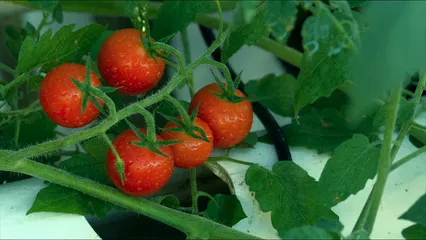
Companion Planting Chart: Common Vegetables
Below is a helpful chart featuring common vegetables and their compatible companions. This guide can help you plan your garden effectively by pairing plants that thrive together.
| Vegetable | Companion Plants | Notes on Plants to Avoid |
|---|---|---|
| Asparagus | Tomatoes, basil | Onions, garlic |
| Beans | Corn, cucumbers, marigolds | Beets, onions |
| Carrots | Onions, chives, peas | Dill, parsnips |
| Cabbage | Garlic, onions, kale | Tomatoes, strawberries |
| Tomatoes | Basil, marigolds, peppers | Corn, potatoes |
| Cucumbers | Beans, radishes, dill | Sage, rosemary |
| Peppers | Basil, onions | Fennel, brassicas |
| Corn | Beans, cucumbers | Tomatoes |
| Spinach | Strawberries, onions | Potatoes, corn |
| Squash | Beans, nasturtiums | Other squash varieties |
This chart serves as a quick reference for planning your vegetable garden. You may wish to print or save it for easy access while gardening. By utilizing companion planting, you can enhance your garden’s health and productivity while keeping pests at bay. If you want to take your gardening to the next level, consider a Raised Garden Bed Kit to give your plants the best environment to thrive!
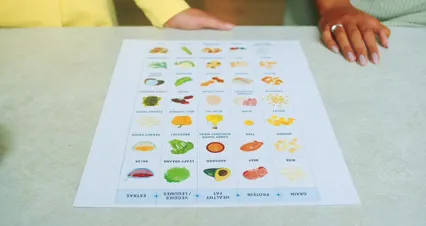
Specific Companion Planting Examples
Tomatoes
Tomatoes thrive alongside companions like basil and marigolds. Basil improves tomato flavor and helps deter pests, such as aphids. Marigolds, with their vibrant blooms, attract beneficial insects and repel nematodes. You might also find that planting carrots nearby can enhance soil health. However, avoid planting tomatoes with other nightshades like potatoes or peppers, as they may compete for nutrients or attract similar pests. When you arrange these plants wisely, your tomato plants will flourish while enjoying the benefits of their companions.
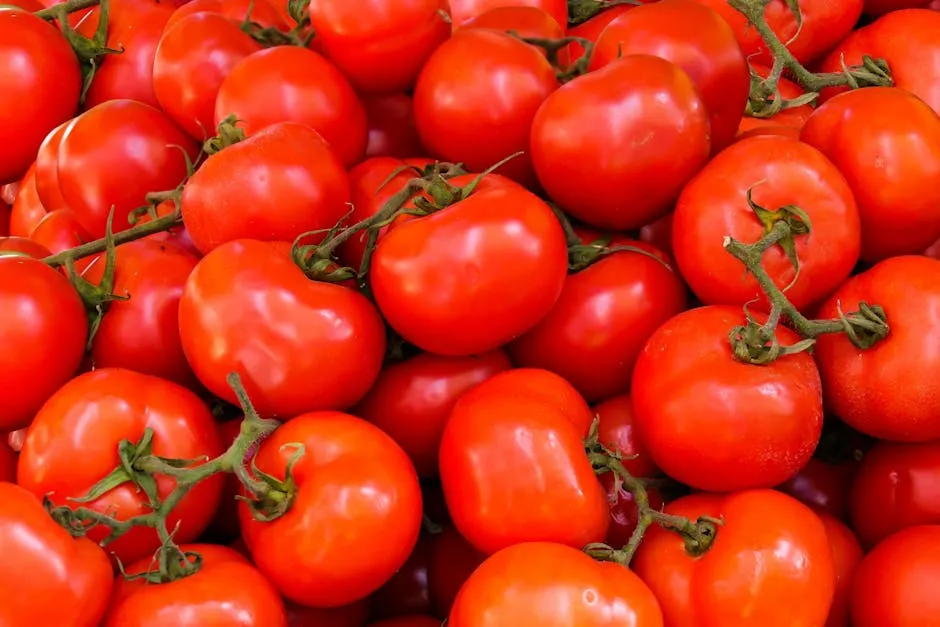
Peppers
Peppers enjoy the company of basil, onions, and spinach. These companions help repel common pests, like aphids and spider mites, ensuring your peppers stay healthy. Basil enhances the flavor of peppers while attracting pollinators. Onions provide a strong scent that deters pests, making the garden less appealing to unwanted critters. However, steer clear of planting peppers near beans or brassicas, as they can compete for resources and may invite issues. With the right neighbors, your pepper plants can yield a bountiful harvest. Don’t forget to use organic fertilizers to keep your plants at their best! Check out Organic Fertilizer Pellets for a healthy boost!
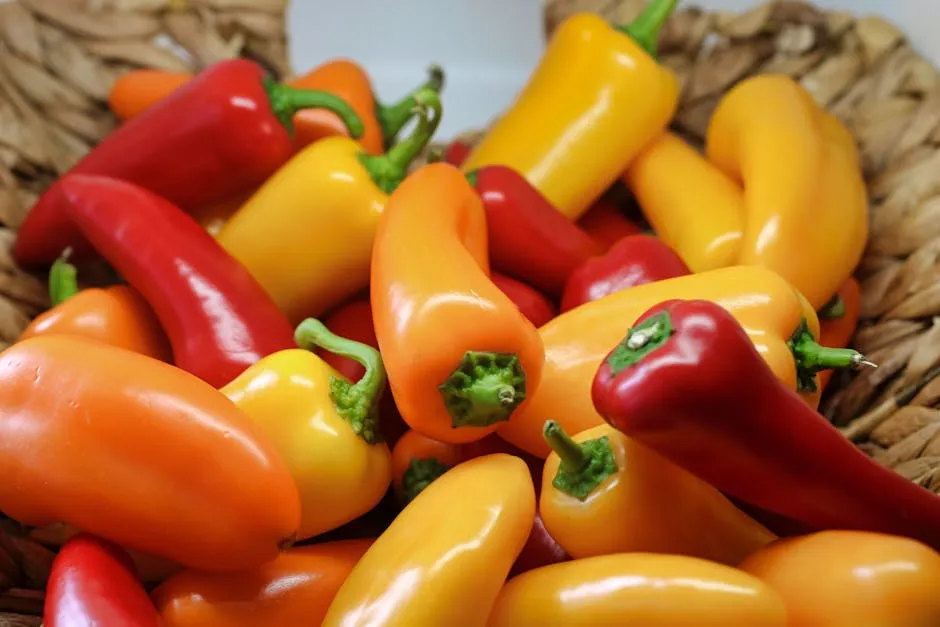
Cucumbers
Cucumbers benefit from planting with legumes, such as beans and peas. These companions fix nitrogen in the soil, enriching it for hungry cucumbers. Marigolds and nasturtiums are also great partners, as they attract pollinators and repel harmful insects. Additionally, corn can provide vertical support for cucumber vines, effectively utilizing space. However, avoid planting cucumbers near melons or sage, as these plants can compete for moisture and nutrients. By choosing the right companions, you can boost cucumber growth and overall productivity. A handy Seed Starting Tray with Humidity Dome can help you get those seeds off to a great start!

Corn
The “Three Sisters” method showcases the benefits of growing corn with beans and squash. Corn provides a sturdy structure for climbing beans, while beans enrich the soil with nitrogen. Squash, with its broad leaves, offers ground cover that suppresses weeds and retains moisture. This trio thrives together, creating a balanced ecosystem in your garden. Avoid planting corn with other heavy feeders like tomatoes, as they may compete for nutrients. Embracing this traditional method can lead to a fruitful harvest and a thriving garden. And don’t forget to keep your soil in check with a Soil Test Kit to ensure optimal growing conditions!
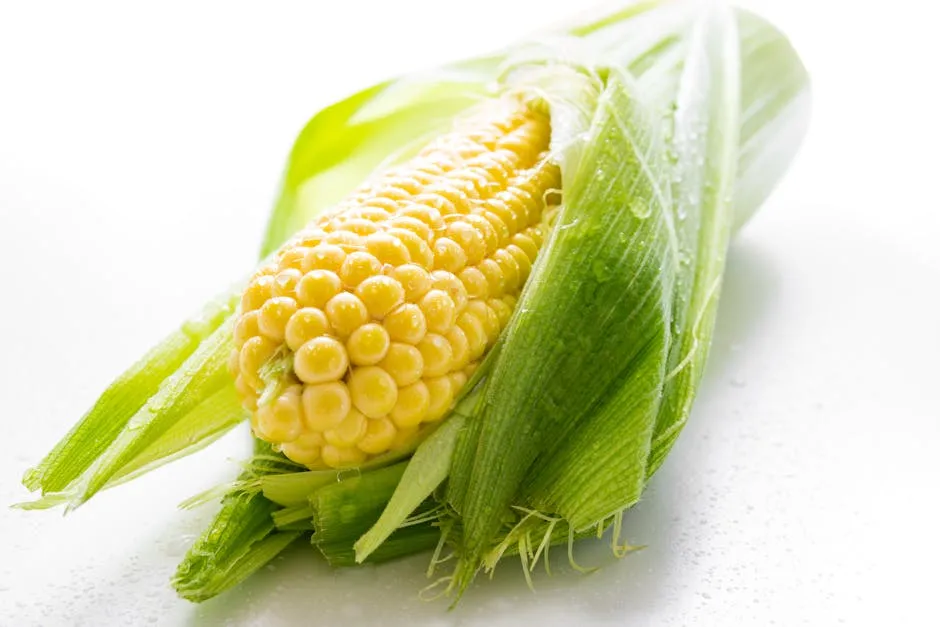
The “Three Sisters” method is an excellent example of companion planting, particularly with corn. corn plant is a vital part of this strategy.
Brassicas (Cabbage, Broccoli, etc.)
Brassicas, including cabbage and broccoli, pair well with companions like celery, onions, and dill. These plants help deter pests such as aphids and cabbage moths. Celery acts as a natural repellent, while onions can enhance the flavor of brassicas. Additionally, planting dill attracts beneficial insects that keep pest populations in check. However, avoid growing brassicas near tomatoes and peppers, as these may invite unwanted pests. By selecting compatible partners, you can enjoy healthy brassicas and a vibrant garden. Don’t forget to add a Gardening Tool Set to make your gardening experience easier and more enjoyable!
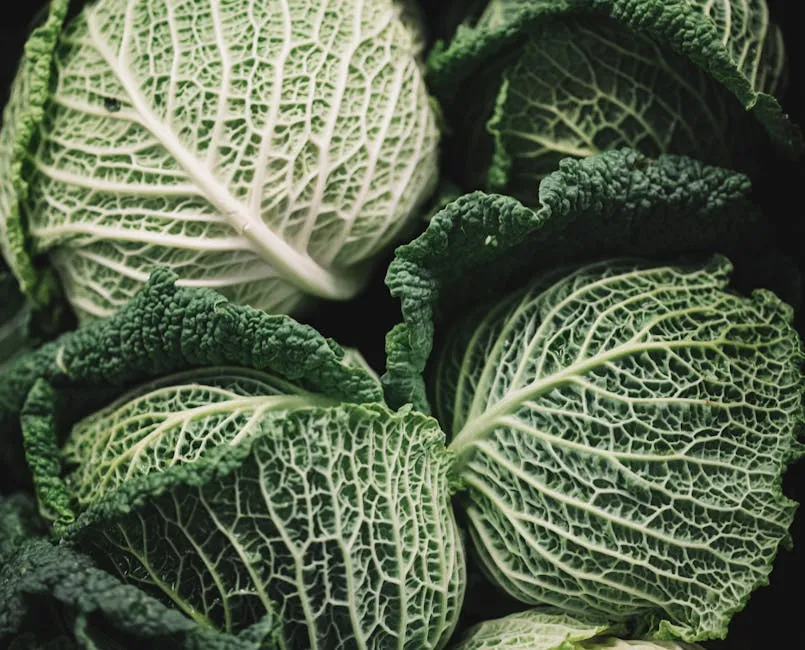
Common Mistakes in Companion Planting
When it comes to companion planting, many gardeners make common mistakes. One frequent error is ignoring incompatible plant relationships. For example, planting tomatoes near potatoes can lead to problems. Both belong to the nightshade family and attract similar pests. This can result in increased pest pressure and reduced yields.
Another mistake is overcrowding plants. While it seems like a good idea to maximize space, too many plants can compete for nutrients and water. This can lead to poor growth and lower harvests. It’s crucial to provide adequate space for each plant to thrive.
Additionally, failing to consider growth habits and light requirements can cause issues. Some plants need full sun, while others prefer shade. Planting them too close can hinder their growth. Always research the needs of your plants before arranging them. By learning from these mistakes, you can create a more successful garden.

Tips for Successful Companion Planting
Implementing companion planting effectively requires careful planning. Start by creating a layout that considers each plant’s growth habits and space requirements. Use taller plants to provide shade for shorter ones. This way, you can maximize your garden’s potential and prevent overcrowding.
Timing is also essential. Plant early-season crops, like lettuce or spinach, alongside later-maturing plants, such as peppers or tomatoes. This allows you to make the most of your available space and helps in weed management. Rotate your crops each season to maintain soil health and reduce pest issues.
To improve your soil health, consider learning about composting basics for improving soil health.
Incorporate flowers and herbs to attract beneficial insects. For instance, marigolds can deter pests, while herbs like basil enhance the flavor of nearby vegetables. These plants can also help boost pollination, leading to better yields. If you want to keep those plants well-watered, consider using Plant Watering Stakes to ensure your plants get just the right amount of moisture!
Take the time to create a plan for your garden. Consider which plants work best together and how they can support each other. This thoughtful approach will lead to a thriving and productive garden. Happy gardening!

Conclusion
Companion planting is vital for a vibrant, productive garden. This method pairs plants to maximize their benefits. It enhances growth, deters pests, and improves soil health. For instance, planting basil with tomatoes can boost flavor and repel harmful insects. By fostering diverse plant relationships, you create a resilient garden ecosystem. This strategy not only increases yields but also promotes biodiversity, making your garden thrive. Don’t forget to keep a Gardening Journal to track your progress and discoveries!
I encourage you to experiment with companion planting. Try different plant combinations in your garden. Share your experiences in the comments; your insights could help fellow gardeners!
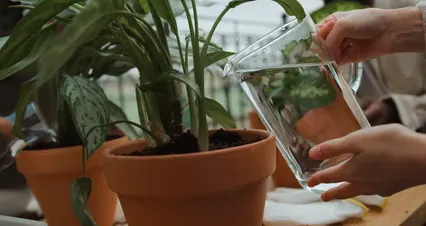
What are the best companion plants for tomatoes?
Tomato companions include basil and marigolds. These plants can repel pests and enhance flavor.
Can companion planting help with pest control?
Yes! Companion planting promotes natural pest management. It’s an effective gardening strategy for reducing pest issues.
How do I know which plants shouldn’t be planted together?
Check companion planting guidelines for incompatible plants. Certain pairings can hinder growth and attract pests.
Is companion planting suitable for container gardens?
Absolutely! Container gardening benefits from companion planting. You can maximize space and improve plant health.
What resources can I use to learn more about companion planting?
Look for gardening books and online gardening resources. They offer valuable insights into companion planting strategies.
Please let us know what you think about our content by leaving a comment down below!
Thank you for reading till here 🙂
All images from Pexels
